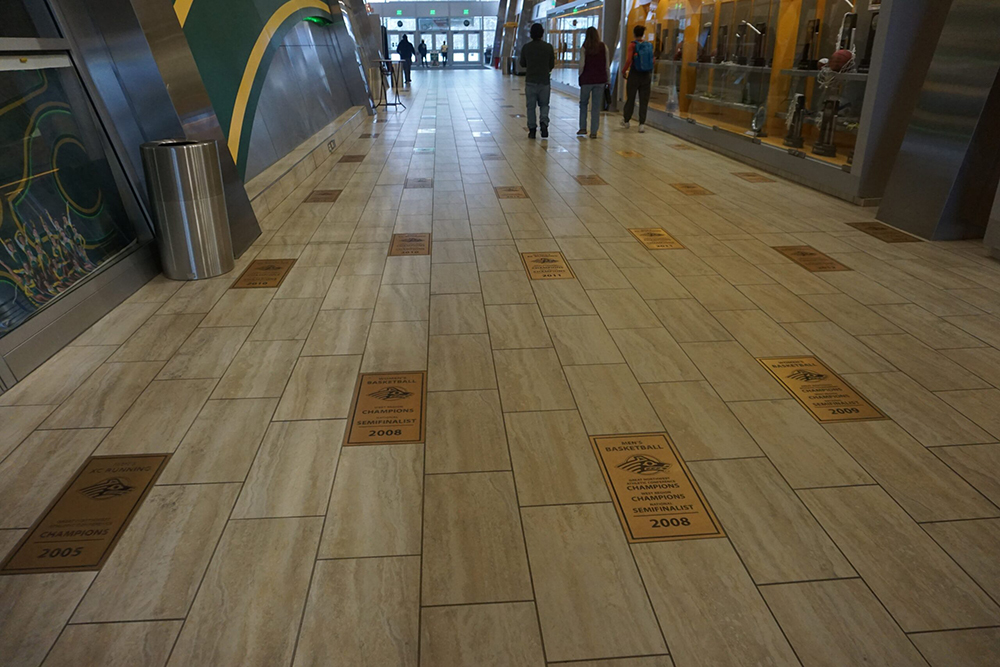Catching Up: Researchers Track 6,000 Alaskans’ Paths After Their 2005 High School Graduations
Nearly 18 years ago, about 6,000 young Alaskans left high school and launched into adulthood. Where did they end up?

Get stories like this delivered straight to your inbox. Sign up for The 74 Newsletter
Nearly 18 years ago, about 6,000 young Alaskans left high school and launched into adulthood. Where did they end up?
Slightly half were still in Alaska as of 2021, but the percentage was much smaller for those who got college degrees outside of the state, according to an analysis by the Alaska Department of Labor and Workforce Development.
Results are published in the February issue of Alaska Economic Trends, the monthly magazine of the department’s research and analysis division.
There is “nothing magical” about the class of 2005, said Dan Robinson, the department’s chief of research and analysis and a coauthor of the report. However, it is the oldest group for which researchers were able to amass the most information, he said.
The report follows up on earlier reports published in 2012 and in 2017 in Alaska Economic Trends that analyzed the class of 2005’s situations and movements five years after leaving high school. Together, the studies are part of a collaborative project of the Department of Labor and Workforce Development, the Alaska Department of Education and Early Development and the University of Alaska.
About three-quarters of those Alaskans who graduated from high school in 2005 chose to attend college at some point, and about a third wound up holding bachelor’s or associate degrees by 2021, the newly published report said.
Of those class of 2005 members who earned two- or four-year college degrees within Alaska, 55% were still in the state in 2021, according to the findings. But those who got their degrees outside of Alaska, only 25% were living in the state by 2021, according to the findings.

Whether that is a sign of an Alaska “brain drain” is open to interpretation. During the period, Robinson noted, there were plenty of degree-holders from elsewhere who moved into Alaska, part of a long-term demographic pattern of ebb and flow.
“It’s always been a brain exchange. We get and we give,” he said.
Of those 2005 high school graduates who attended college, most did so in Alaska, the analysis found. Among those who left Alaska for college, the most popular states were Washington, Oregon, Arizona and California.
The college experiences of the 2005 high school graduates, who are now in their 30s, generally predate Alaska’s 10-year stretch of net outmigration. Robinson said it is likely that the percentage of Alaska college students attending school outside of the state has grown in recent years.
The report also analyzed professional and income outcomes for the group. By 2021, health care was the top professional category for degree-holders from the 2005 high school year – possibly an indicator of health care’s importance in the overall economy. For those without degrees, the top professional category was construction trades, according to the findings.
Class of 2005 members who obtained college degrees of some type significantly out-earned their colleagues without degrees – but that outcome took time, the results showed. For the first few years after high school, those Alaskans who skipped college or attended without obtaining degrees out-earned the degree-holders. The turning point in the trend was 2011; by 2021, the average earned by degree-holding members of the class of 2005 was $70,642 a year, compared to $52,270 for those with some college but no degree and $49,284 for those without any college, according to the findings.
Alaska Beacon is part of States Newsroom, a network of news bureaus supported by grants and a coalition of donors as a 501c(3) public charity. Alaska Beacon maintains editorial independence. Contact Editor Andrew Kitchenman for questions: info@alaskabeacon.com. Follow Alaska Beacon on Facebook and Twitter.
Get stories like these delivered straight to your inbox. Sign up for The 74 Newsletter

;)